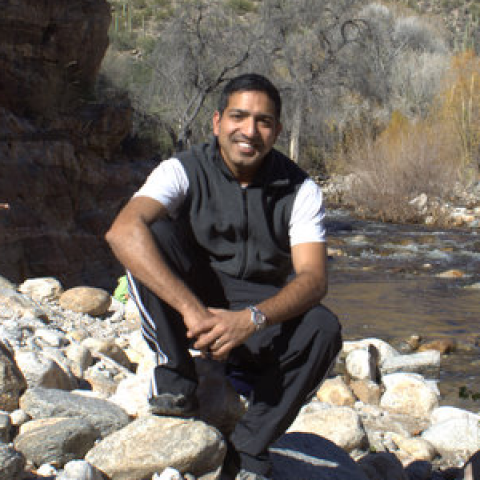Interdisciplinary Initiatives Program Round 5 – 2010
Manish Butte, no longer at Stanford
Nicholas Melosh, Materials Science and Engineering
Immunological memory protects humans from re-infection after an initial exposure, and is the basis of vaccination strategies that prevent ~6 million deaths worldwide each year. Yet, there is little understanding of the molecular underpinnings of T cell memory, partially due to an inability to image T cell receptors on the surface of T cells at the nanometer resolutions needed to understand their clustering. The research objective of this proposal is to use biological atomic force microscopy (AFM) to test the hypothesis that clustering of T cell receptors leads to the accelerated responses of memory T cells. We have developed an AFM-based method to image these receptors on live T cells that leverages a unique design for AFM cantilevers from Professor Melosh’s group in Materials Science and Engineering, and the capabilities to capture and image motile, live T cells developed in Professor Butte’s lab in Pediatrics. Leveraging the capabilities of the AFM, our new superresolution imaging technique requires no labeling of the cell-surface receptors and is compatible with live-cell imaging.
Combining engineering and biology to answer important biomedical questions typifies the interdisciplinary approaches of Bio-X projects. This program would not be possible without the combined techniques and skills of both fields, and develops a significant new tool in analyzing cellular receptors that could have widespread impact in a number of fields. Over the past year, we have combined resources, training, equipment, and personnel in our labs to bring Stanford to the forefront of biological AFM while addressing a critically important problem in human health. To increase the interactions and strengthen the relationships, we now hold twice monthly meetings where both our groups present data. Understanding the basis of the accelerated responses of memory T cells may enable new vaccination strategies, and has applications in cancer, allergy, and transplantation.


